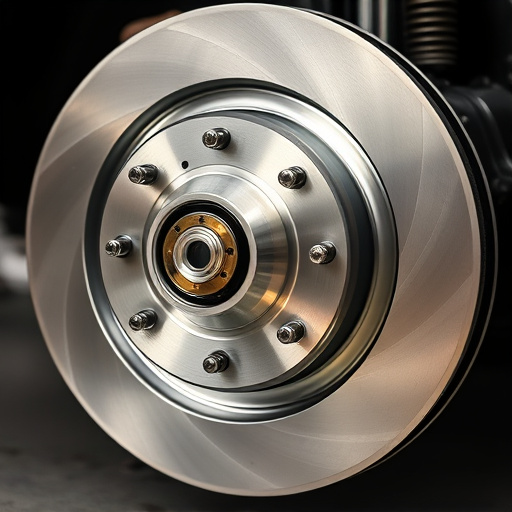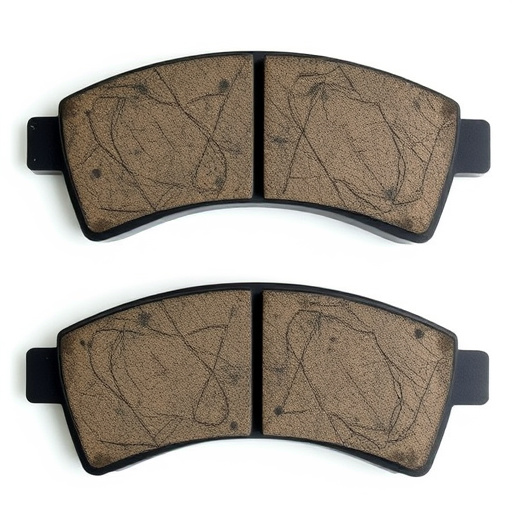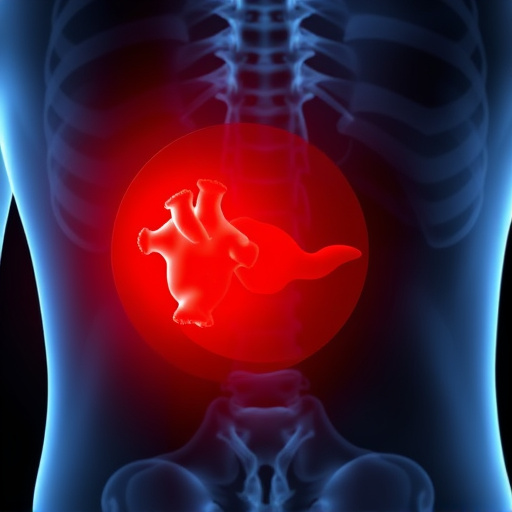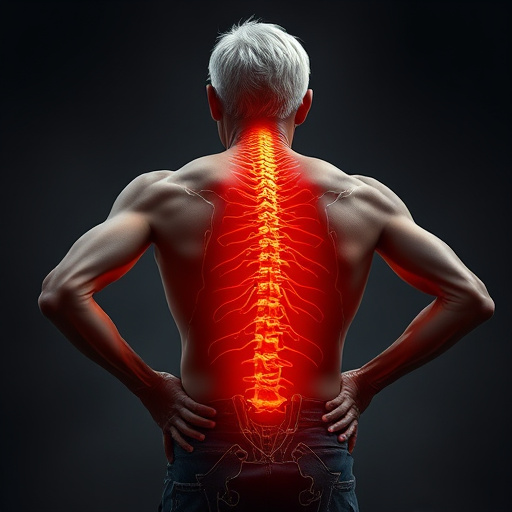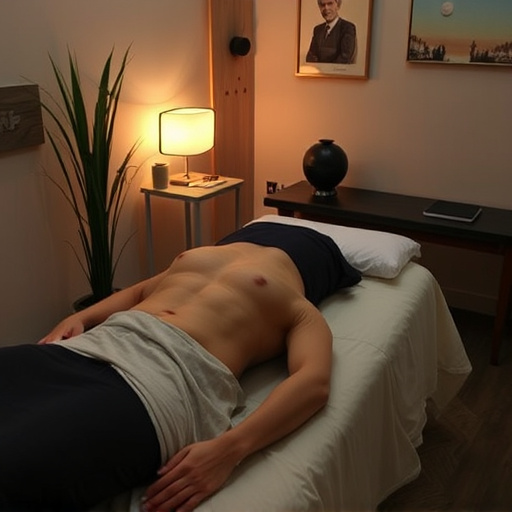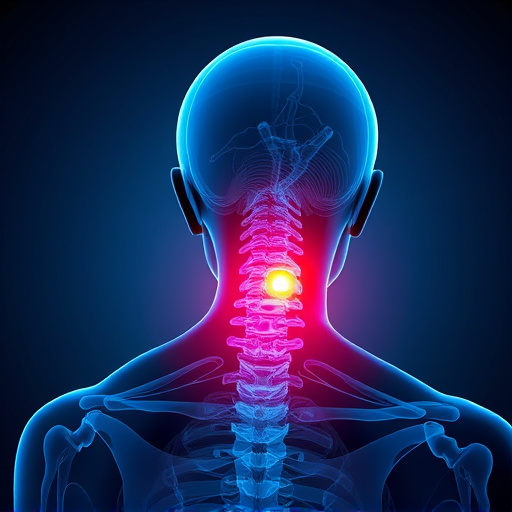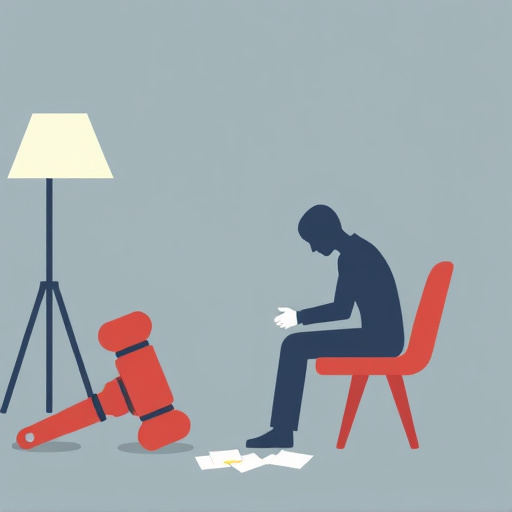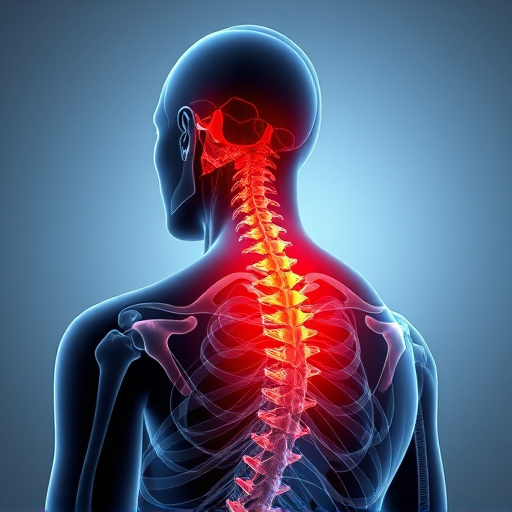Herniated discs, caused by disc material extrusion through tears in outer layers, are treated with conservative methods like chiropractic care and physical therapy to enhance mobility and manage pain. Non-surgical options include exercises, hot/cold therapy, lifestyle changes, and alternative therapies. Severe cases may require surgical interventions such as discectomy or laminectomy, followed by recovery and continued support through chiropractic care and physical therapy.
A herniated disc can cause intense pain, making daily tasks challenging. Fortunately, doctors offer a range of effective treatment options for successful recovery. This comprehensive guide delves into understanding herniated discs, their causes, and diagnosis. We explore non-surgical treatments, emphasizing a holistic approach to alleviate symptoms. Additionally, we discuss surgical interventions as a last resort, providing insights into what to expect during and after the procedure. Discover expert recommendations for optimal herniated disc treatment and reclaim your active lifestyle.
- Understanding Herniated Discs: Causes and Diagnosis
- Non-Surgical Treatments: A Comprehensive Approach
- Surgical Interventions: When and What to Expect
Understanding Herniated Discs: Causes and Diagnosis
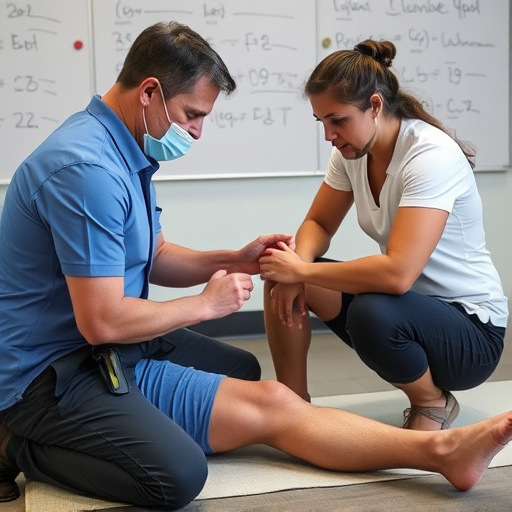
Herniated discs, also known as slipped or ruptured discs, are a common spinal issue affecting millions worldwide. They occur when the soft, cushioning material between the vertebrae (spinal bones) pushes through a tear in the outer layer, often caused by aging, injury, or sudden strain. This condition can lead to pain, numbness, or weakness in various parts of the body depending on where it occurs.
Diagnosing a herniated disc involves a comprehensive process. Medical professionals begin with a detailed patient history and physical examination to assess symptoms. Diagnostic imaging techniques such as X-rays, MRI scans, or CT scans are then employed to confirm the condition and identify its severity. These tools help doctors understand the extent of damage and recommend appropriate herniated disc treatment options, focusing on mobility improvement through conservative methods like chiropractic treatment.
Non-Surgical Treatments: A Comprehensive Approach

Non-surgical treatments are a comprehensive approach to managing and alleviating the symptoms associated with herniated discs. This method often includes a combination of physical therapy, medication, lifestyle modifications, and alternative therapies. Physical therapy plays a pivotal role in herniated disc treatment, focusing on exercises that strengthen the back and core muscles, improve flexibility, and enhance overall posture. These exercises are tailored to each patient’s specific condition, promoting self-healing and reducing pain associated with sciatica and lower back pain.
Additionally, non-surgical interventions may involve the use of hot/cold therapy, ultrasound, electrical stimulation, and massage to provide sciatica relief and manage neck pain treatment effectively. Lifestyle adjustments, such as maintaining a healthy weight, adopting proper sleeping positions, and incorporating regular low-impact exercises, are also recommended. These strategies collectively aim to reduce pressure on the affected area, promote better spinal alignment, and significantly improve overall quality of life for individuals dealing with herniated disc issues.
Surgical Interventions: When and What to Expect
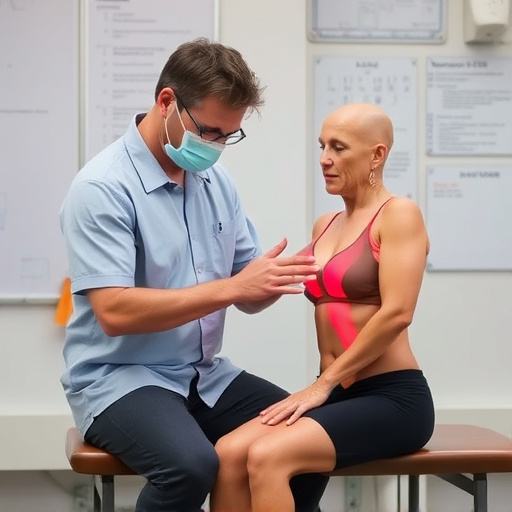
When conservative treatments like rest, physical therapy, and medication fail to alleviate symptoms of a herniated disc, doctors may recommend surgical interventions as a last resort. Such procedures aim to relieve pressure on pinched nerves and restore stability to the affected area. Common surgical options include discectomy, where the damaged disc is removed, and laminectomy, which involves widening the spinal canal to reduce nerve compression.
During the recovery phase, patients can expect a gradual return to normal activities, though full healing may take several months. Physical therapy plays a crucial role in this process, focusing on strengthening exercises and improving flexibility to support the spine and prevent future disc problems. Chiropractic care, including spinal adjustments, is also beneficial for managing pain and promoting self-healing in cases of soft tissue injuries associated with herniated discs.
Herniated disc treatment success relies on understanding your condition, considering non-surgical options like physical therapy, pain management, and lifestyle adjustments, or discussing surgical interventions with a qualified professional. A holistic approach that incorporates both conservative and advanced treatments offers the best chance for relief and improved quality of life. Remember, early intervention and adherence to recommended protocols are key to managing a herniated disc effectively.
